Background: I am currently working on an 8-puzzle implementation of the original A Star algorithm and comparing this with a slightly modified algorithm which intends to improve node expansion (using additional information, ofcourse A Star in an equally informed unidirectional search has been proven optimal). The Open List of nodes are currently ordered by their F values (G-Cost+ H-Cost).
So in implementing this in Java I have set up a comparator which orders the List by their F-Values in ascending order.
@Override
public int compare(PNode o1, PNode o2) {
return Integer.compare(o1.costF, o2.costF);
}
Question: My question is whether:
- Is it permitted under A-star to implement a further Tie-breaker in A-Star using the Heuristic cost (H-Value) to break any deadlock with the F-Value among many nodes (where nodes exist with the same F-value in the Open List they will be ordered by the Heuristic value (H-Cost) in ascending order instead). The reason I am confused about this as the actual A star algorithm pseudocode only sorts the Open List by the F value.
Extending the same code above, the implementation will be:
@Override
public int compare(PNode o1, PNode o2) {
if (o1.costF == o2.costF) {
return Integer.compare(o1.costH, o2.costH);
}
return Integer.compare(o1.costF, o2.costF);
}
- If this is permitted, are there any reasons why I should be wary of doing this? Logically I appreciate that ordering the Open List will be more costly. But from my experiments the difference do not seem significant enough to prevent me from using this.
Thanks so much everyone~

